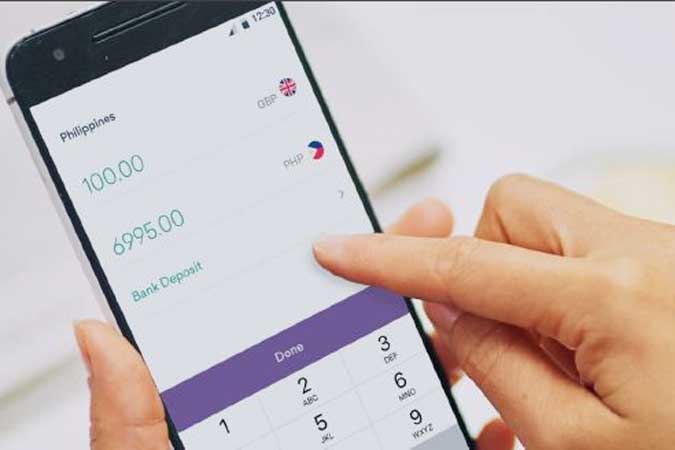Contrary to previous projections of a 20%–40% drop in remittances, WorldRemit sees the year ending at almost the same level as last year’s total, with remittances from overseas Filipino workers (OFWs) either declining or increasing by 1%–2%.
“Filipinos, regardless of where they are, will continue to send money back home,” said Earl Melivo, WorldRemit’s Philippine country director.
December is generally a peak time for remittances to the Philippines from OFWs, and WorldRemit said this trend will continue despite the COVID-19 pandemic.
“The resilience of holiday remittances to the Philippines this year can be attributed to the easing of lockdown restrictions in many countries allowing return to work for most OFWs. As well as availability of financial aid from governments in other nations,” said Mr. Melivo in a statement. “Christmas is looking optimistic, and we are foreseeing a peak at this time.”
According to a WorldRemit survey of 3,167 adults in the UK, the US, Canada, and Australia, 84% of those who have previously sent money to the Philippines are planning to send more money or about the usual amount for Christmas this year. Fifty-three percent will do so to help family and friends back home who have been financially impacted by the pandemic. More than a third (37%), meanwhile, want to make up for not being home in person this year.
The Middle East was the most affected send region to the Philippines this year, with the biggest declines in the United Arab Emirates (UAE) and the Kingdom of Saudi Arabia (KSA) because of restrictions and repatriations, followed by the seafaring industry. Both registered double-digit declines in the second quarter.
These declines were offset, however, by increasing volumes from the US, Canada, Singapore, HK, and Taiwan, said Mr. Melivo.
“We’ve already experienced the worst,” said Mr. Melivo in a roundtable discussion. “Many of the host countries are already adapting to the new norm. Given the positive prospect of us having vaccines, we only see growth by 2021.”
International remittance to the Philippines reached $33.5 billion in 2019. These remittances come from around 223 countries, with the top 10—the United States, KSA, UAE, Singapore, UK, Japan, Taiwan, Canada, Hong Kong (HK), and Qatar—making up 78% of the volume. Land-based OFWs contributed 78% of total cash remittances to the Philippines last year, while seafaring Filipinos made up the rest of the pie.
WorldRemit serves more than 50 countries. It plans to partner with financial companies to educate OFWs and their families beyond remittances. Less than 5% of fund transfers on their platform are purposely sent for investments and savings. — Patricia B. Mirasol

